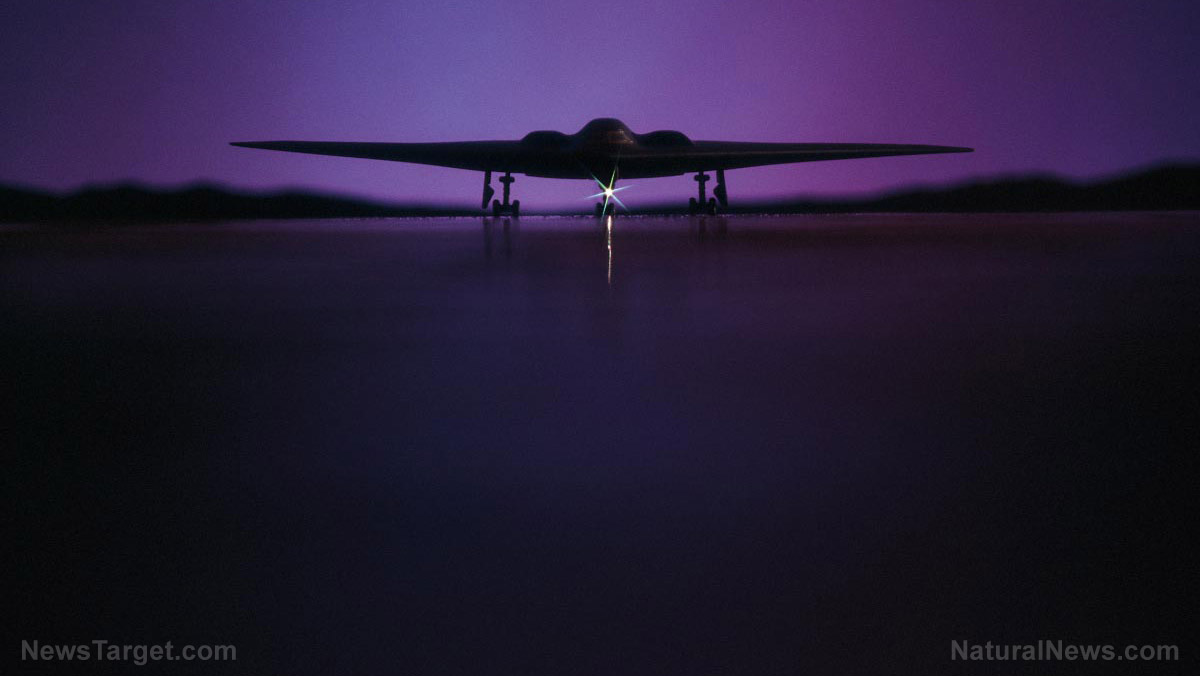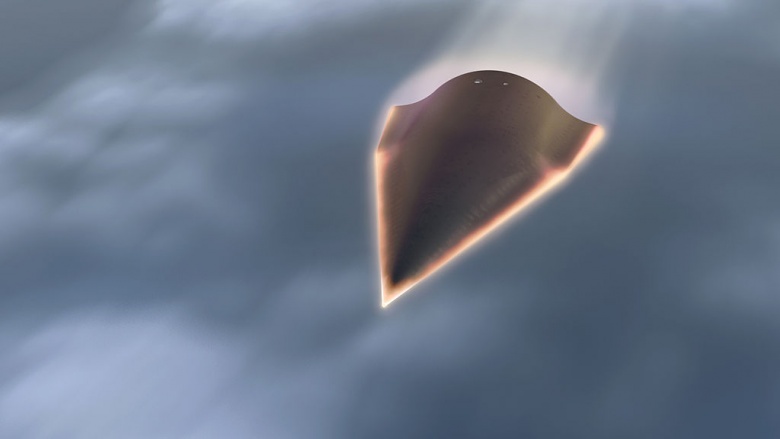
Advertisement
The might of the U.S. military is undeniable. And by all accounts, it seems like they’ve already got it all. But if you ask the Pentagon, there’s one thing that they still want in their arsenal after all these years: fighter jets with missile-killing laser beams.
While the use of industrial lasers in military operations has been possible for quite some time now, the military has never been able to successfully equip fighter jets with laser weapons. In fact, it is said to be a major challenge that has eluded them for more than two decades now.
And now they’re asking for outside help. According to a report from the Wall Street Journal, the Pentagon has tasked Lockheed Martin, the aerospace, defense, security and advanced technologies company, with putting lasers on a fighter jet by the year 2021. This marks the addition of even more experts to help with ongoing efforts on laser weapon technology, which currently involve other companies like Boeing and Northrop Grumman.
Looking at the deal
Lockheed Martin reportedly secured a deal in November of last year to the tune of $26 million, and their task is to develop a laser weapon for a supersonic F-15 jet that’s capable of hitting a missile or drone from about a mile or more away. It is said to be the landmark piece of a Pentagon push for the development of a low-cost solution that can help it outmatch foes in foreign countries such as China, as they field ever more dangerous missile weapons with each passing day.
The laser weapon that the Pentagon wants should have an initial power of 50 kilowatts, which is five times more than what the current largest industrial lasers are capable of delivering to targets of about a mile or more away. If it were up to the Pentagon, says the Journal, they want lasers with up to 100 or even 150 kilowatts of power for maximum efficiency.

Whether the government agency gets exactly what it wants from Lockheed is a different matter entirely. The actual end product is expected to wield the brand new laser weapons while still retaining its capacity to carry internal cannons and missiles. So the new laser weapon system needs to be high-energy as well as compact enough for the required needs.
Existing solutions
The U.S. Navy has been doing extensive testing of laser weapon technology for a few years now. In one implementation, it’s able to use a 30-kilowatt laser on a target that’s sitting in the middle of the sea and destroy it completely. That particular U.S. Navy weapon is known as LaWS, which stands for Laser Weapon System, and was tested for three months in 2014 onboard the USS Ponce. It was later declared to be an operational asset for use by the Ponce in December of the same year.
Using the example of LaWS, it could be fair to say that the development of what would eventually be the fighter jet-mounted missile-killing laser weapon is cost-efficient, especially when compared with what is considered the norm in the multi-billion-dollar military weapon development industry. If Lockheed can pull this off, it will also undoubtedly add to the strength of the U.S. armed forces, which is widely recognized as the strongest military force in the world.
Learn more about military technology and strategies at NationalSecurity.news.
Sources include:
Submit a correction >>
This article may contain statements that reflect the opinion of the author
Advertisement
Advertisements
















